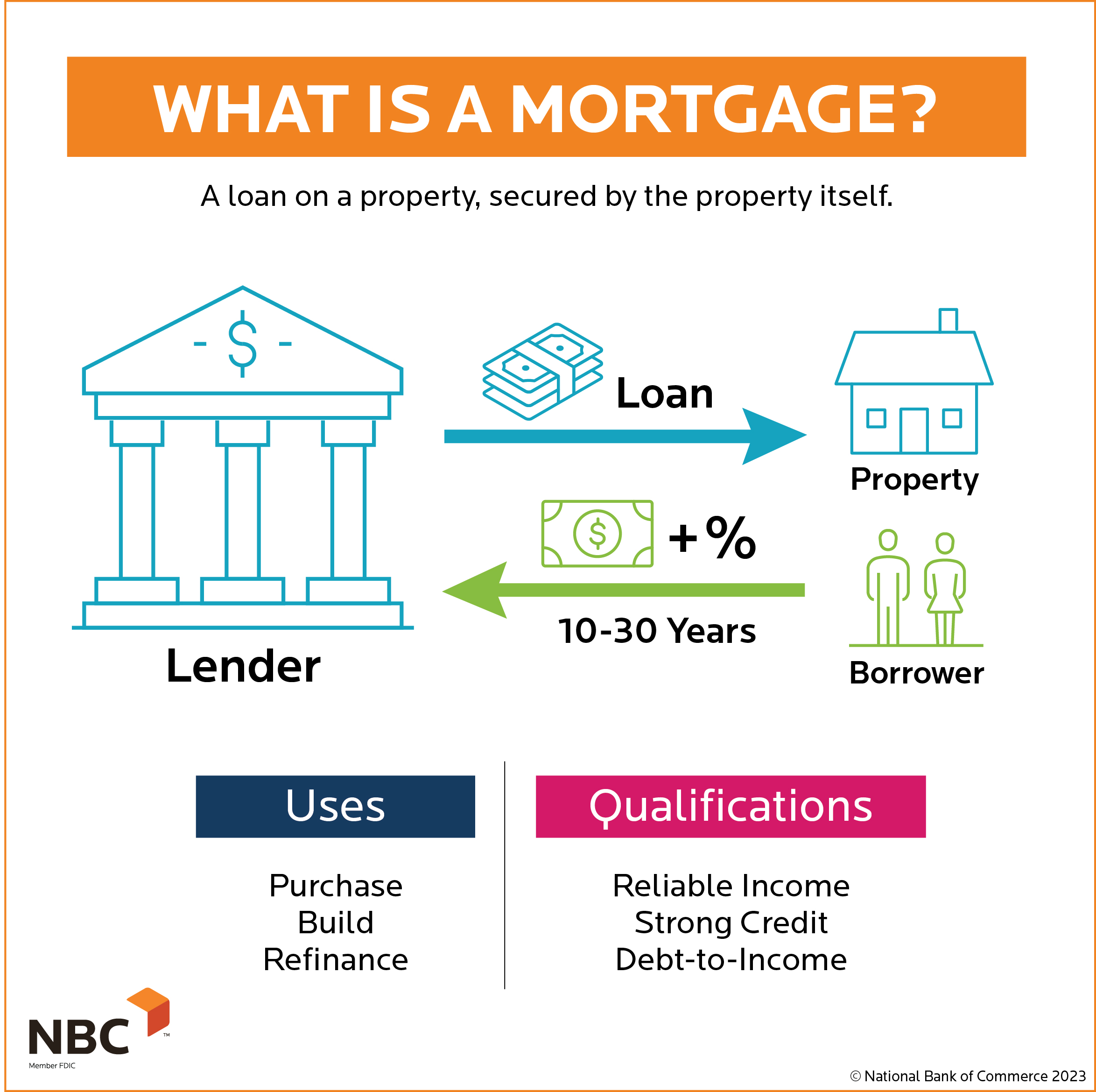Professional Tips for Securing Conventional Mortgage Loans with Affordable Rates
Professional Tips for Securing Conventional Mortgage Loans with Affordable Rates
Blog Article
The Crucial Elements to Take Into Consideration When Choosing Between Fixed-Rate and Adjustable-Rate Home Loan Loans
When evaluating home mortgage options, borrowers encounter an essential decision between adjustable-rate and fixed-rate financings, each presenting distinctive benefits and possible risks. Key factors to consider such as passion price security, predictability in regular monthly payments, and the implications of prospective rate modifications can dramatically influence long-lasting financial wellness.
Rates Of Interest Security
When selecting a home mortgage, understanding interest rate security is vital for notified decision-making. Rate of interest prices can substantially influence the overall expense of a home loan, and acknowledging the nature of these rates is vital for customers.
On the various other hand, adjustable-rate mortgages (ARMs) start with reduced initial prices that might change periodically based upon market problems. While this can lead to reduced payments at first, it also presents uncertainty, as borrowers might face increased payments if rates of interest increase. For those taking into consideration an ARM, it is important to examine the probability of price adjustments, the potential for payment rises, and the length of the initial fixed-rate duration.
Eventually, the selection between fixed-rate and adjustable-rate home loans pivots on specific risk resistance and financial conditions. Recognizing rate of interest price security assists debtors make informed choices that straighten with their lasting economic goals.
Month-to-month Payment Predictability
While borrowers often focus on rates of interest stability, the predictability of monthly settlements is equally essential in the home mortgage choice procedure (Conventional mortgage loans). Monthly settlement predictability plays an important function in budgeting and financial planning, as it directly influences a house owner's capital and overall financial health and wellness
Fixed-rate mortgages provide a consistent regular monthly payment throughout the life of the loan, enabling consumers to anticipate and prepare their expenses successfully. This stability can be specifically helpful for newbie homebuyers or those on a fixed income, as it gets rid of the uncertainty related to varying settlements.
Alternatively, variable-rate mortgages (ARMs) typically feature lower initial settlements that can transform with time, causing potential irregularity in month-to-month responsibilities. While initially enticing, this unpredictability can make complex financial preparation, particularly if customers do not account for future rate changes.
Prospective Price Changes
In the realm of adjustable-rate home loans (ARMs), potential rate adjustments stand for a considerable variable that borrowers need to thoroughly take into consideration. Unlike fixed-rate home loans, where the rates of interest remains unchanged for the life of the lending, ARMs are characterized by rising and fall passion prices that are tied to market indices. This irregularity can lead to significant adjustments in monthly repayments, affecting the customer's economic preparation and budgeting.
Typically, ARMs have an initial fixed-rate duration throughout which the rates of interest is steady. Hereafter duration, however, the price adjusts at predetermined periods-- generally yearly. Debtors must recognize the margin and index utilized to determine these changes, as they great site straight influence future passion prices. Additionally, ARMs commonly include caps that limit how a lot the rate of interest price can enhance at each modification and over the life of the funding, which can give some degree of protection versus radical rate walkings.
Understanding these prospective changes is important for borrowers, as they directly affect long-lasting repayment responsibilities. Examining personal monetary scenarios and take the chance of resistance is vital when deciding whether an ARM aligns with one's monetary you could try these out goals.
Lending Term Factors To Consider
Financing term considerations play a crucial duty in the decision-making procedure for consumers choosing in between fixed-rate and adjustable-rate home loans. The size of the lending term dramatically affects month-to-month settlements, passion rates, and overall economic planning. Fixed-rate home loans commonly use terms of 15 to 30 years, providing stability in regular monthly settlements and predictability in budgeting. This can be especially appealing for consumers that plan to remain in the exact same home lasting and favor the assurance of set settlements throughout the life of the car loan.

Ultimately, consumers need to analyze their individual situations, monetary goals, and market conditions when considering the implications of loan term options within each home mortgage type.

Total Cost of Loaning
Fixed-rate home mortgages offer foreseeable regular monthly payments, as the passion rate stays consistent throughout the lending term. This predictability can lead to reduced total expenses, especially in a secure or decreasing rate of interest price setting.
Conversely, adjustable-rate mortgages (ARMs) typically begin with lower preliminary prices, leading to lowered in advance costs. Nonetheless, these rates can boost after a first period, causing possibly higher long-lasting costs. Borrowers must consider the regularity and level of price adjustments, along with the total car loan duration, to accurately analyze the economic effects.
In addition, the overall cost of loaning includes not only rates you can try this out of interest yet also fees and other linked prices, such as closing prices and insurance coverage (Conventional mortgage loans). Consequently, when assessing home mortgage alternatives, consumers need to conduct a detailed expense analysis over the life of the car loan. By doing so, they can make an educated choice that lines up with their economic goals and run the risk of resistance
Conclusion
Finally, selecting in between fixed-rate and adjustable-rate mortgage lendings requires mindful factor to consider of several critical elements. Rates of interest security and monthly settlement predictability are paramount for reliable budgeting, while the potential for rate adjustments in ARMs presents financial unpredictability. Furthermore, the expected duration of homeownership and the general cost of borrowing, consisting of rates of interest and linked costs, need to align with private financial conditions and risk tolerance. Such a thorough analysis will certainly help with informed decision-making in home mortgage choice.
Trick factors to consider such as interest rate security, predictability in regular monthly payments, and the effects of prospective rate adjustments can dramatically affect long-lasting monetary health. Interest rates can substantially influence the overall cost of a mortgage, and acknowledging the nature of these rates is important for customers. Unlike fixed-rate home mortgages, where the passion rate continues to be unchanged for the life of the financing, ARMs are identified by changing rate of interest prices that are tied to market indices. Additionally, ARMs often consist of caps that restrict exactly how a lot the rate of interest rate can raise at each change and over the life of the finance, which can offer some level of defense against extreme rate walkings.
Rate of interest rate security and regular monthly repayment predictability are critical for reliable budgeting, while the potential for rate modifications in ARMs introduces monetary unpredictability.
Report this page